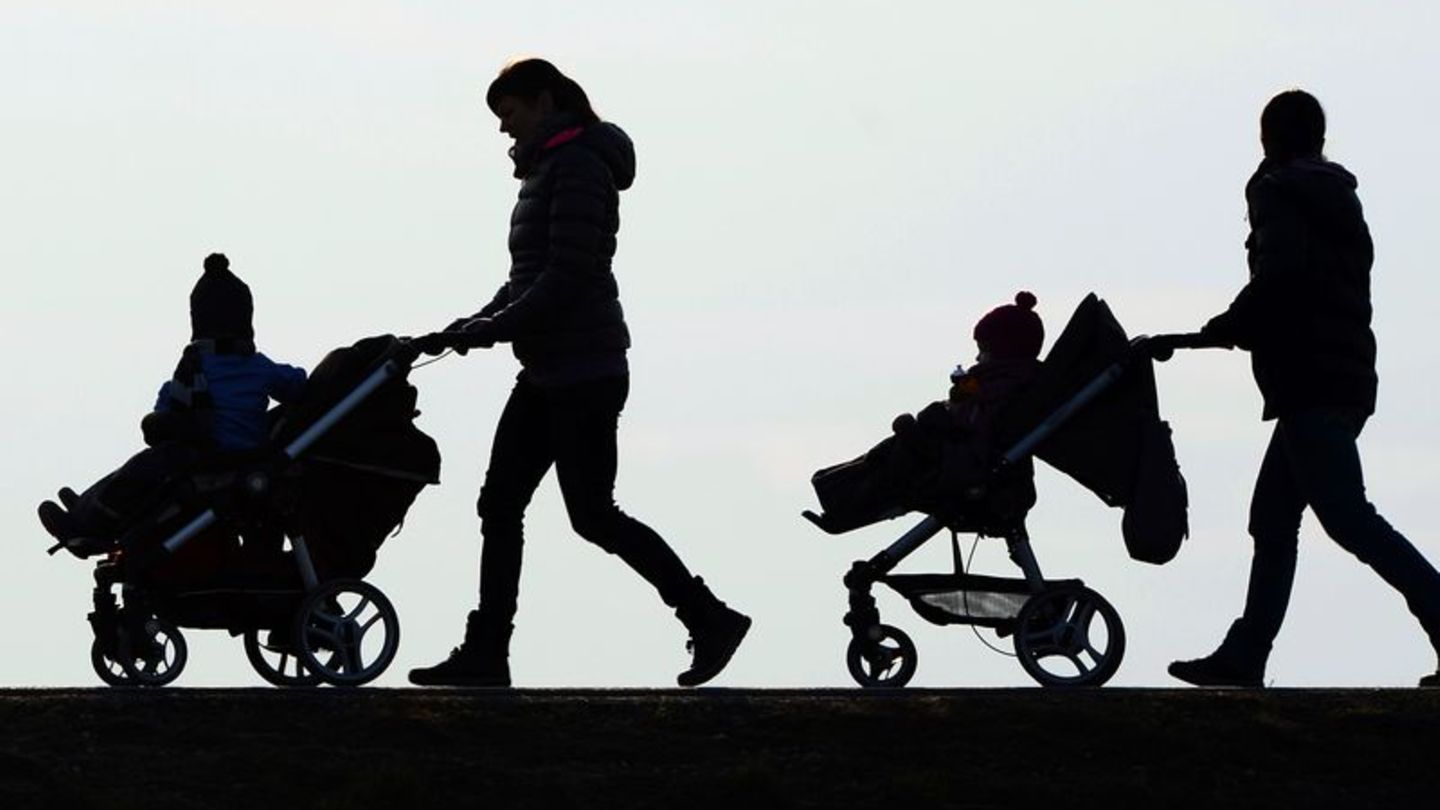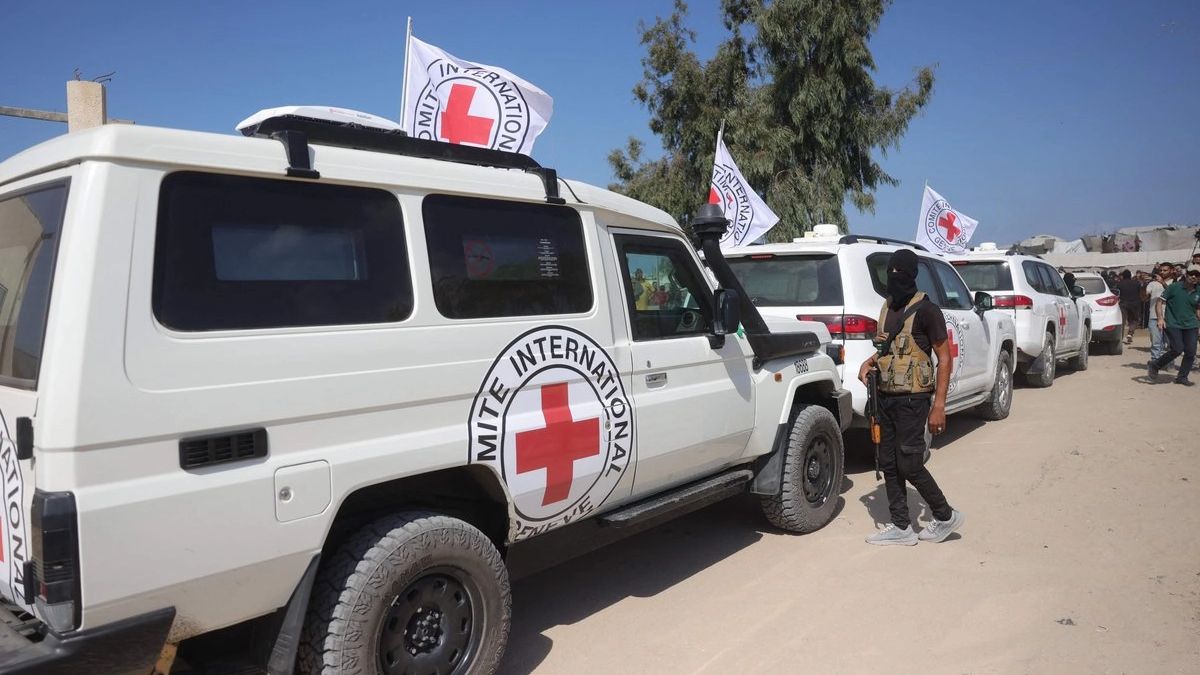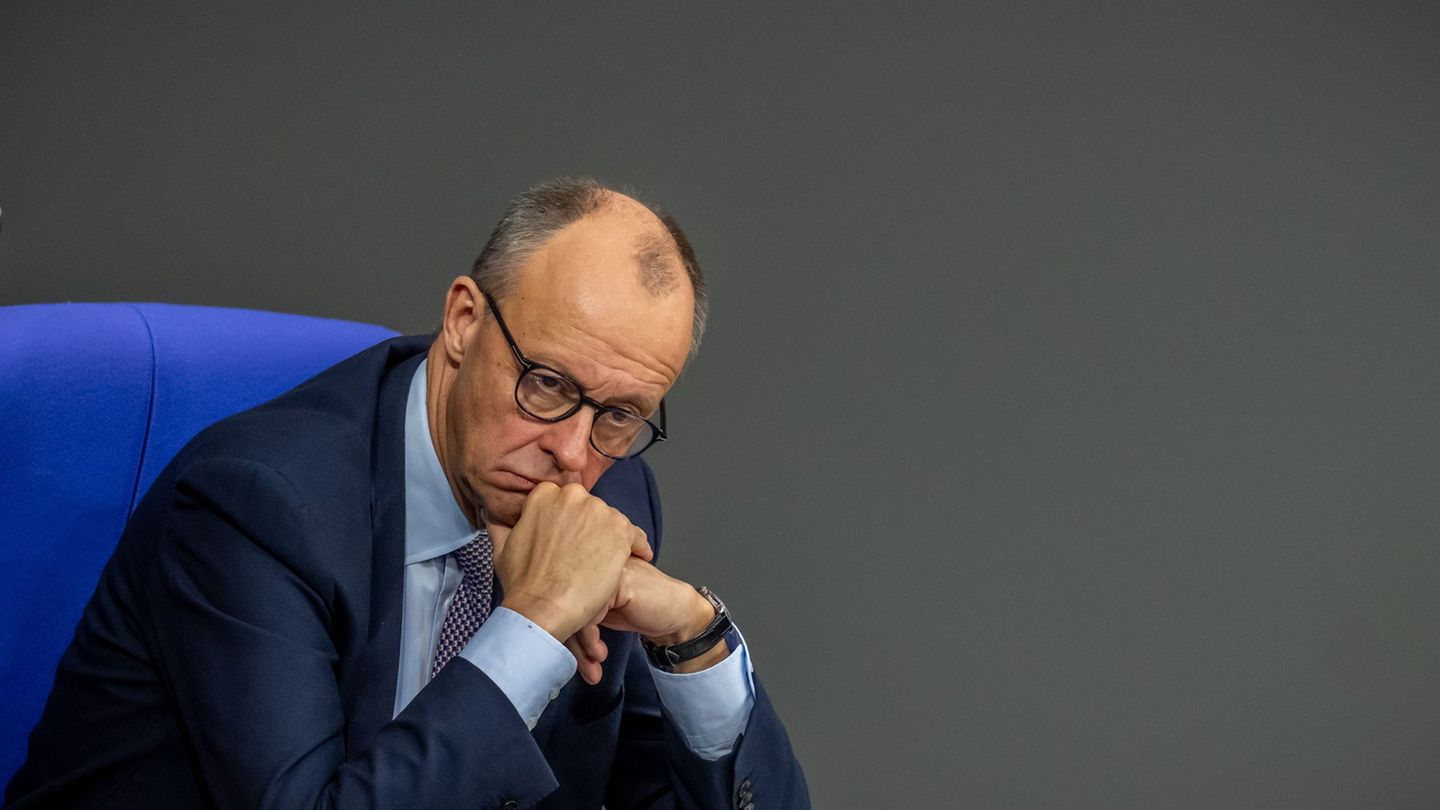Millions of children and young people are at risk of poverty and exclusion. The educational qualifications of their parents play a particularly important role in this.
Around one in seven children and one in seven young people were at risk of poverty last year. Around 2.1 million under-18s correspond to a poverty risk rate of 14 percent, according to the Federal Statistical Office. The rate was slightly lower than the previous year; in 2022, 15 percent of minors were still at risk of poverty.
According to the Federal Office, poverty is a multidimensional phenomenon and can be reflected not only in financial but also in social factors. In 2023, almost one in four people under the age of 18 in Germany was at risk of poverty or social exclusion.
In particular, the parents’ educational qualifications play a role, explained the statisticians. “The poverty risk rate for under-18s whose parents had a lower educational qualification such as a secondary school or high school diploma without a vocational qualification was 36.8 percent in Germany in 2023,” it said. If the parents had an intermediate educational qualification such as a high school diploma or vocational training, around 14.3 percent of children were at risk. If the parents had a higher educational qualification such as a master’s degree or a university degree, the rate was only 5.8 percent.
Development is no reason to breathe a sigh of relief
The Paritätische Wohlfahrtsverband, however, considers the current figures to be “massively alarming news”. Child poverty is stagnating by and large. In a country as wealthy as Germany, it cannot be the case that every fourth child has to bear this burden during childhood and adolescence, said Joachim Rock, the association’s general manager, to the dpa. He called for urgent political measures: “No child is alone in poverty, it is always in the family context. That means we also need to improve the income situation of families as a whole.”
Economist Irene Becker viewed the figures as a positive development at first glance. Political adjustments such as inflation compensation payments or the increase in the minimum wage in 2022 could have had a positive effect on the rate. Nevertheless, she points to the real decline in income, especially among families at risk of poverty: “Those who live right on the poverty line have less than they actually did, less than in 2020,” she said. “So all the measures and interventions and attempts by politicians to counteract this have not been able to completely cushion this price increase in 2022.”
It is particularly bad for families in the “poverty sector” “because these people simply have no cushion where they can fall back on savings to cushion the price increase.” This ultimately means less food or other everyday items in real terms – also for the children and young people in these families.
Germany in the middle of the field in comparison
Anyone who has less than 60 percent of the median income of the total population is considered to be at risk of poverty. In 2023, this figure for a single person in Germany was 1,314 euros net per month, and for two adults with two children under the age of 14, it was 2,759 euros net per month.
The Federal Office assumes poverty or social exclusion if one or more of the three criteria of risk of poverty, significant material deprivation or household with very low employment participation are present. It is thus based on a Europe-wide standard, which makes the data comparable.
According to the report, Germany, with its 23.9 percent of those affected, is below the European average of 24.8 percent – but behind countries such as Slovenia (10.7 percent), the Czech Republic (15.0 percent), Denmark (15.3 percent) and Croatia (17.3 percent). The situation is much worse in Romania, for example, where the proportion of children and young people affected is 39 percent. Spain (34.5 percent) and France (26.6 percent) are also behind Germany.
Source: Stern
I have been working in the news industry for over 6 years, first as a reporter and now as an editor. I have covered politics extensively, and my work has appeared in major newspapers and online news outlets around the world. In addition to my writing, I also contribute regularly to 24 Hours World.




